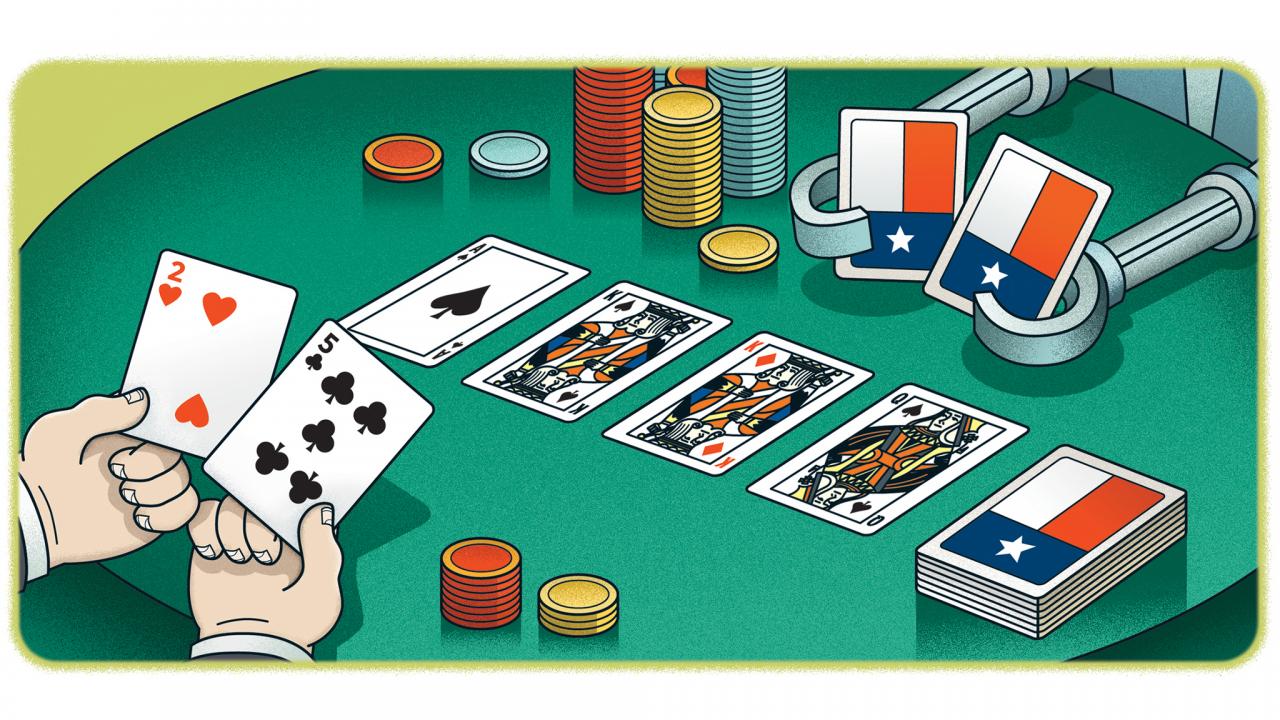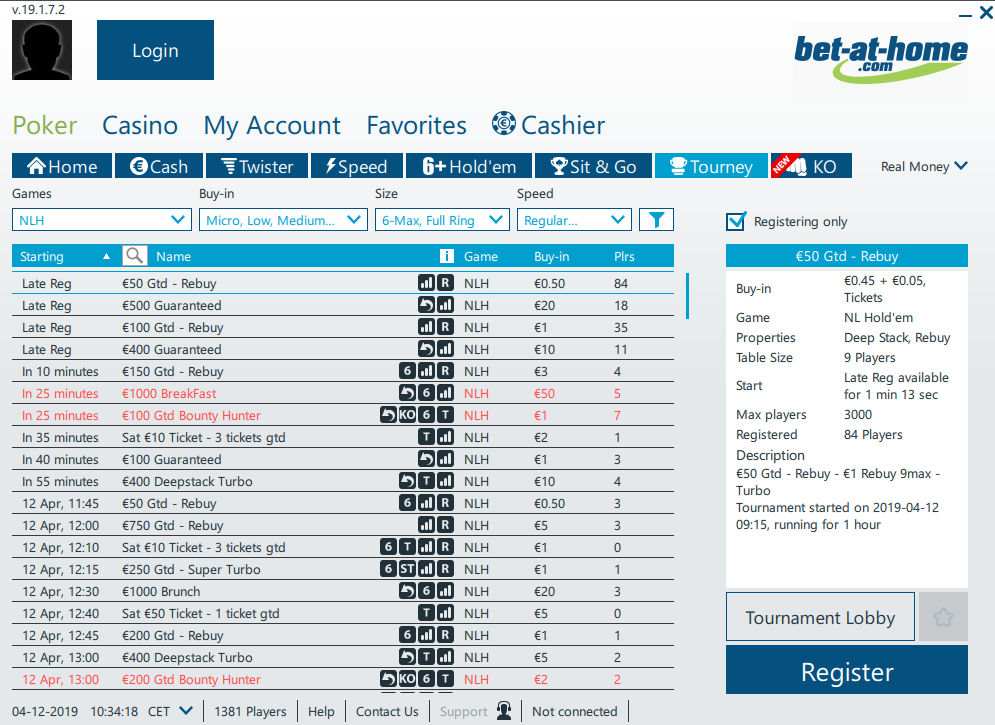Texas Holdem Hand Vs Hand Odds
That’s why it’s a general rule to fold 80-90% of hands when playing poker. The power of a full house. When having two pair, the chances of making a full house are at 16.74% but when you have three of a kind, your odds of making a full house improve greatly, shooting up to 33.4%. High vs Low cards. Here Is A Great Example Of Texas Holdem Poker Hand Odds. The first three players fold, and then mid-position (MP)+1 raises to $7 in a $1/$2 game. You flat on the button with 6s5s, and the big blind comes along as well. There is $22 in the pot. The Texas Hold’em odds of how likely hands are to unfold after the flop will help guide almost every action you make on the flop Odds On the Flop in Texas Hold’em. The flop is the turning point of a Hold’em hand. This is where you’re going to make your biggest and most expensive decisions.
Texas Hold'em Hand Vs Hand Odds
Both before and after the flop in any limit Holdem game, it is helpful to be able to make a reasonably accurate estimate of the types and numbers of playable hands that you are likely to be competing against.
Much of your decision making involves the business of 'putting' opposing players 'on their hands' (or in other words, figuring out what cards they are playing). Experienced Holdem players are often very good at this. An understanding of the types of hands that are most likely to be against you helps prevent both underestimating and overestimating your competition.

Here are some stats that are based on the total possible combinations of various Holdem hole cards that are normally playable.
For better viewing on your mobile device (or to download or print the chart), check out holdem hole card frequencies in high resolution universal .pdf format.

The five different types of two card Hold'em hands highlighted here are those that are most commonly played. They are not shown in any particular order and within the groups are powerful hands that are almost always played, down to marginal value hands that can be played under certain betting conditions.
The rest of the hands, shown as All Others, are all the very weak hands that most players hardly ever play.
Pairs - All pairs. AA, KK, QQ, JJ, 1010, 99, 88, 77, 66, 55, 44, 33, 22
Two High Cards Suited - AK(S), AQ(S), AJ(S), A10(S), KQ(S), KJ(S), K10(S), QJ(S), Q10(S), J10(S)

Two High Cards Unsuited - AK, AQ, AJ, A10, KQ, KJ, K10, QJ, Q10, J10
Medium and Low Suited Connectors - These include both no-gap and one-gap connectors: J9(S), 109(S), 108(S), 98(S), 97(S), 87(S), 86(S), 76(S), 75(S), 65(S), 64(S), 54(S), 53(S)
Ace and Non-High Combinations - A9, A8, A7,A6 Note: 25% of these 64 combinations (16) are suited. 75% of the 64 combinations (48) are unsuited.
This grid compares the strength of a particular Texas hold'em hand (in this case ) against all other hands. Each square represents a pair of opponent cards, and the color represents the relative strength of these two hands — the redder the square, the more likely the opponent hand is to win. These probabilities were computed by enumerating all ≈1.3 trillion hands of heads-up Texas hold'em.
Navigating the Grid
Opponent pair cards are organized along the main diagonal, in a band of 4x4 boxes. Opponent suited cards lie along other diagonals. The dark squares correspond to impossible hands, where a card is duplicated.
Tidbits
If you are holding a pair, an opponent holding any higher pair has essentially the same advantage over you, regardless of the rank of the pair. In fact, compared to (say) a pair of 6s, a pair of 7s is slightly better than a pair of Aces.

Texas Holdem Hands And Odds

While a pair of Aces is the strongest hand averaged over all opponent hands, the single strongest heads-up face-off is a pair of Kings vs a K+2 offsuit.